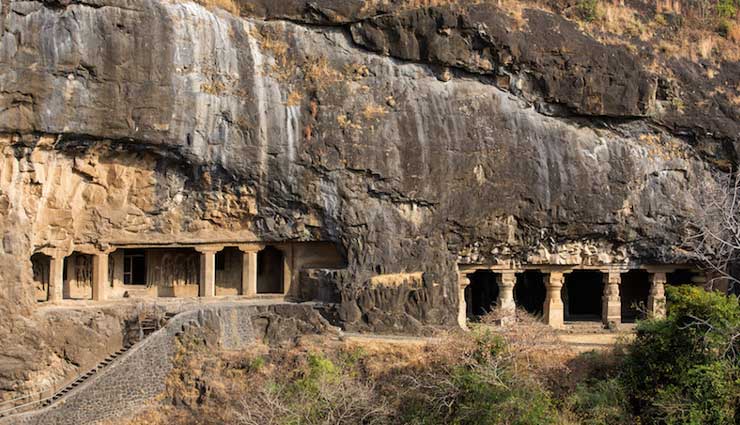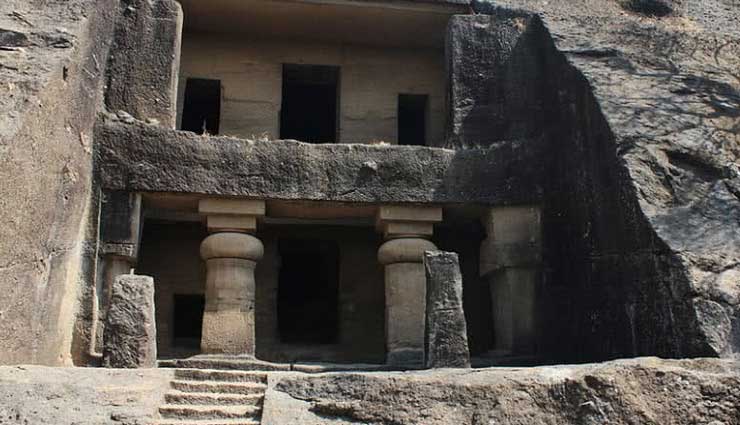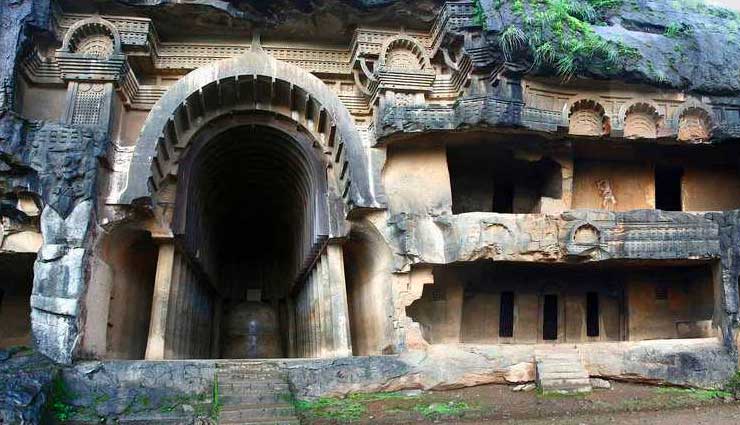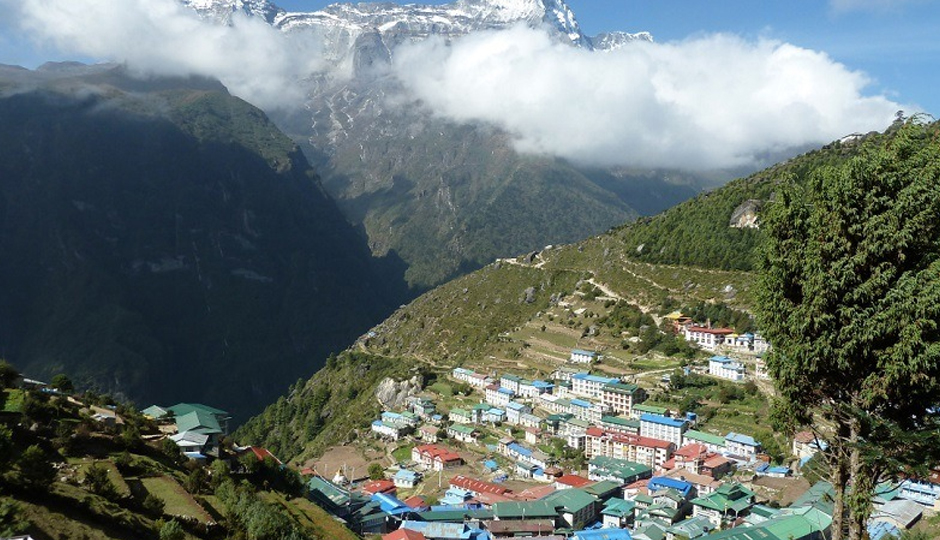5 Most Oldest Caves To Visit In India
By: Priyanka Maheshwari Sun, 05 Apr 2020 5:52:12

India is the perfect place for the explorer in you. There is no shortage of ancient structures here. So naturally, given the diversity of terrains in this country, a large number of caves have been excavated here. Many of these are preserved by the Archaeological Society of India. Some caves do remain unexplored simply because they are deemed to be too dangerous for humans. Many caves have associated religious beliefs to them because, in Hinduism, Gods meditated deep within isolated caves.
So if you’re up for an adventure full of mystery, faith and history, I’m rounding up the most popular caves in India for you.
* Ajanta and Ellora Caves, Maharashtra
Located in the northern part of Maharashtra, these caves are synonymous with magnificence. There are 34 caves in Ellora and 29 in Ajanta.Ellora caves are in the Sahyadri Hills, and these hills are believed to be more than 65 million years old. The massive complex consists of many temples dedicated not only to Hindu gods but also to Mahavir (Jain religion) and Buddha. Thus, you find a conglomeration of beliefs and faith here. The caves are a must-visit for anyone who comes to India.This cave complex has many underground tunnels that are locked away from the public because they are thought to be dangerous. No one knows where these lead to. The Kailash Temple in Ellora is one of the most imposing ancient structures of the world. It has also been the target of curiosity because of the mystery surrounding it. To read more about it, check the Top 5 Mysterious Places in India.

* Bhimbetka Rock Shelters, Madhya Pradesh
Located inside the Ratapani Wildlife Sanctuary, these caves contain the evidence of the first human life on the Indian subcontinent.Based on the age of the rock, these caves are dated to the beginning of the Indian Stone Age (100,000 years ago). The fine rock paintings within these caves take you into another era and display the primal life lived by the Homo Erectus here.The name “Bhimbetka” means sitting place of Bhima. He is a major character in the Hindu epic Mahabharata, and he is one of the Pandavas (sons of Pandu).These shelters are declared as a UNESCO World Heritage Site.
* Elephanta Caves, Mumbai
Just like Ajanta and Ellora caves, the Elephanta Caves are also spectacular. The only difference is that they are not as massive as the former. But the Elephanta caves surely make up for it with their beautiful location.These group of caves are located on the Elephanta Island in the Mumbai Harbour. You can catch a ferry from the small harbour to reach this island. The island is also called Gharapuri in the local language. “Gharapuri” means the city of caves. Quite an apt name.These caves were an important place of worship in the ancient times and are dedicated to Lord Shiva. Many paintings and rock-cut structures depicting gods and goddesses can be found here. After the Portuguese had come to take over India (1534), the island was devastated. After Indian Independence, the government realised that they should preserve these ancient structures and it was later declared as a UNESCO World Heritage Site.

* Belum Caves, Andhra Pradesh
These breathtakingly beautiful caves are located in the small village of Kurnool in the southern state of Andhra Pradesh. It is the second longest natural cave in India. The longest natural cave is the Krem Liat Prah in Meghalaya, and it is still being explored further by archaeologists. But the Belum Caves are open to the public.These caves were formed over millions of years ago. The highlight of the Belum Caves are the unique formations of stalactite and stalagmite within. These make the caves look so eerie and beautiful that you can’t resist visiting them.The length of the Belum Caves is 3229 m. At one particular point within the cave, it extends as deep as 46m. A strange underwater river flows through here throughout the year. This river is named Paatalganga (River of Hell). There are many mysterious passageways within the caves.
* Pataal Bhavaneshwar, Uttarakhand
Just like the Belum Caves, the Pataal Bhuvaneshwar caves are also made of limestone. But this cave is an ancient temple.It is not just another ordinary temple but probably one of the most significant locations for the Hindus. It’s because the Hindu mythology states that all the Hindu gods reside within this cave. So obviously, this place has an important religious significance.The structure of the cave is quite scary, to be honest. The entrance is a narrow tunnel, and then after some distance, it branches into many passageways. The cave is so dark that it had to be electrically illuminated.The legend of the cave is inscribed at its entrance. The devotion of the people brings them here all the time. It is mentioned in the Vedas, and it is believed to be as old as the earth itself.





